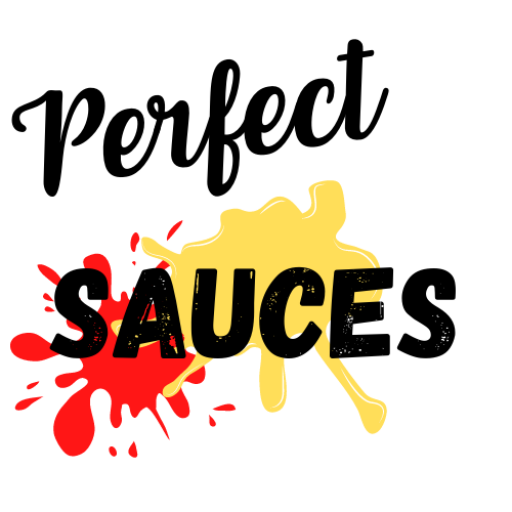Dark soy sauce is one of the easiest Chinese sauces to use, but if you run out, you’ll need to use a dark soy sauce alternative. Well, I’ve compiled a whopping number of options you can use to substitute dark soy sauce, including 3 direct substitutes. Some dark soy alternatives you can use are tamari, light sou sauce, teriyaki sauce, hoisin, and shoyu. But this isn’t all you can use! Before we jump into this dark delight, let’s first tackle what is dark soy sauce, its types, and some of its uses.
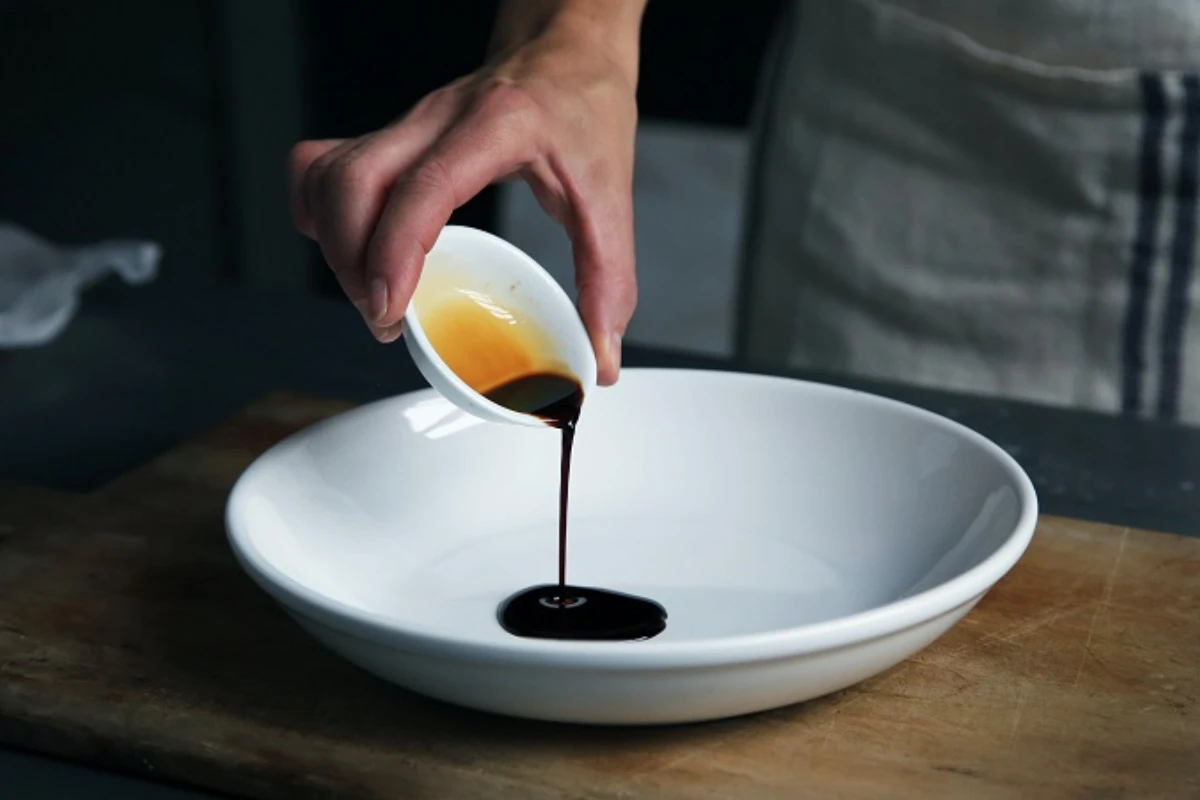
Jump To
What is Dark Soy Sauce?
It’s a sweeter and less salty version of soy sauce, with some varieties being aged longer to produce additional flavor as it ferments. It can be blended with sweet or savory ingredients to add a different layer of flavor, texture, or color, and some even contain molasses, which enhances its lustrous caramel color. Regular Soy Sauce is generally thinner and more watery in consistency compared to dark soy sauce. This would depend on the techniques used to thicken soy sauce, as some can often be thicker.
Light vs Dark Soy Sauce
All-around light soy sauce has a lighter taste that’s mainly used for cooking and as a dipping sauce because of its thin consistency and salty, umami flavor. The darker-colored, sweeter, and more viscous Chinese dark soy sauce is used as a marinade or glaze. Aside from their taste, consistency, and functionality, dark soy sauce and light soy sauce differ in their fermentation length, as dark soy sauce is left to ferment longer.
How to Use Dark Soy Sauce
Braising and Stewing: Dark soy sauce can be added to braised dishes or stews to enhance color and deepen the flavor. It provides a rich, savory base for meats and vegetables.
Marinating Meats: Use dark soy sauce in marinades for chicken, pork, or beef. Its thick consistency helps the marinade cling to the meat, imparting both flavor and color.
Stir-fries: Add a splash of dark soy sauce to stir-fries to give them a darker, richer color and a deeper umami flavor. It can be used in combination with regular soy sauce for a balanced taste.
Glazes and Coatings: Use dark soy sauce to create glazes or coatings for meats and vegetables. Its thick texture helps to create a glossy finish and adds a caramelized flavor when grilled or roasted.
Noodle Dishes: Incorporate dark soy sauce into noodle dishes, such as chow mein or lo mein, for added color, flavor, and depth.
Dressings and Sauces: Use dark soy sauce as an ingredient in dressings or sauces for salads, vegetables, or cold dishes. It can add a unique depth of flavor and color to the dish.

💡 Dark Soy Sauce Substitutes
1. Light Soy Sauce (Direct Substitute)
Let’s start off the list with the first 3 that can be used as direct substitutes. Light soy sauce, also known as regular soy sauce, is the most common and viable direct alternative for dark soy sauce since it’s a lighter version. This light soy sauce alternative has a light amber color and a saltier, more delicate flavor compared to dark soy sauce made from fermented soybeans and wheat. A suitable soy variant commonly used in marinades, sugar free salad dressings, and lighter stir-fries.
2. Mushroom-Flavored Dark Soy Sauce (Direct Substitute)
This dark soy sauce variant is a uniquely crafted infusion that combines the rich umami characteristics of traditional dark soy sauce with the savory essence of mushrooms. A perfect alternative to dark soy sauce with a mushroomy taste! The process involves blending dark soy sauce with mushroom extracts, resulting in a nuanced flavor profile that boasts a deep umami richness, subtle sweetness, and earthy undertones.
3. Tamari (Direct Substitute)
Compared to dark soy sauce, tamari has a somewhat higher soybean percentage, a stronger flavor and a somewhat thicker texture. It’s perfect for those looking for a gluten-free option, as several tamari brands are completely gluten-free. Its fermentation process imparts a robust, umami-rich flavor with a hint of sweetness. The sauce’s viscosity is also slightly thicker than standard soy sauce.
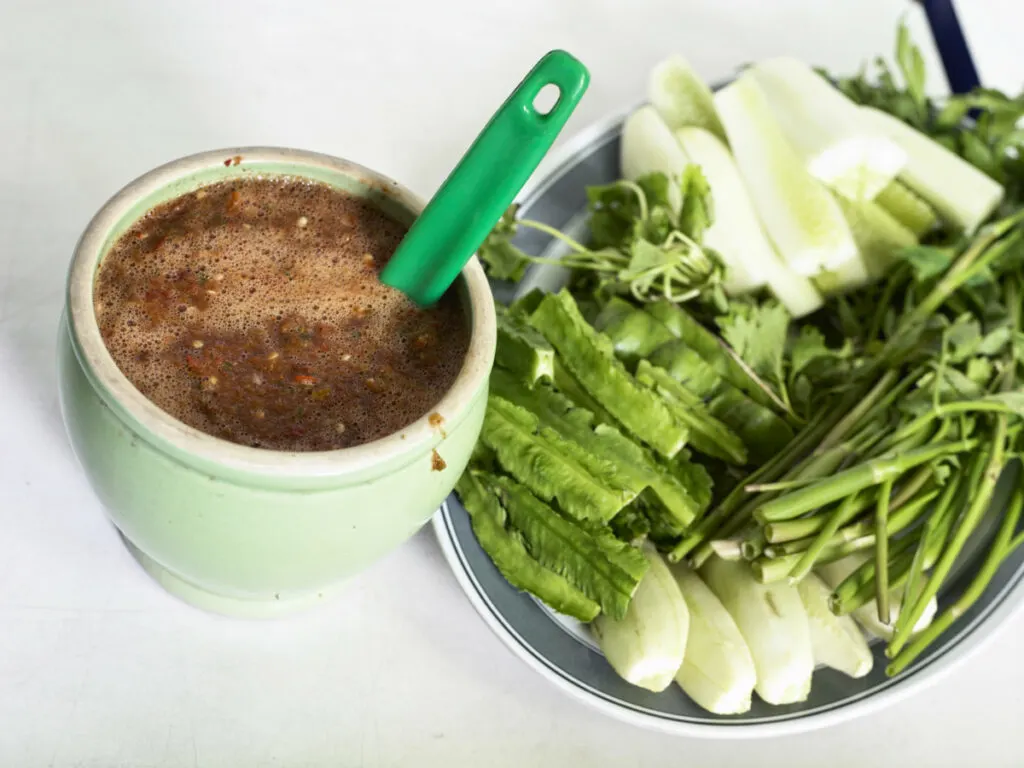
4. Teriyaki Sauce
If you don’t mind a bit of garlic and ginger flavor, teriyaki sauce is the best dark soy sauce substitute. Using some of the best ways to thicken Teriyaki sauce, you get a sweet & salty flavor with a delicious rich and thick consistency. Some brands may also add vinegars, oils, hot spices, and thickeners that may change the final taste, so double check the ingredients on your bottle before adding. If they’re acceptable, teriyaki sauce can be used as a 1-to-1 substitute for dark soy sauce.
5. Coconut Aminos
Extracted from coconut sap, coconut aminos offers a slightly sweet and savory taste with lower sodium content compared to soy sauce. Suitable for those with gluten or soy allergies, it provides a unique flavor profile. When substituting for dark soy sauce, be sure to consider its lighter flavor and adjust quantities to achieve the desired balance of sweetness and umami in your dish. You can even use a coconut vinegar alternative if you have none of these options lying around.
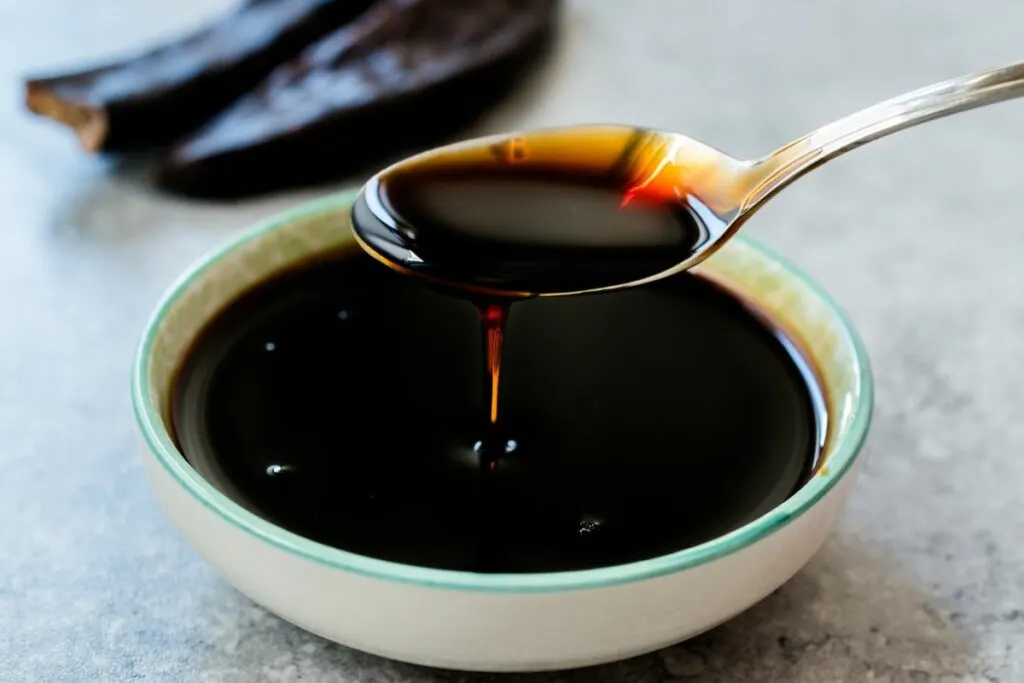
7. Shoyu
Compared to light soy sauce made in China, shoyu, also known as Japanese soy sauce, has a somewhat sweeter flavor profile. It tastes more like dark soy sauce because of the equal amounts of soybeans and wheat, as well as the addition of starches and alcohol.
To use shoyu as an alternative to dark soy sauce, measure out one tablespoon of shoyu to a tablespoon of dark soy sauce.
8. Sweet Soy Sauce (Kecap Manis)
This Sweet soy sauce substitute, or Kecap Manis, is a thick and sweetened sauce offering a balance of sweetness and umami. While it lacks the saltiness of dark soy sauce, it provides a delicious sweet depth. It’s a suitable alternative when you want to introduce sweetness and a glossy finish to your dishes without the intense color of dark soy sauce.
9. Worcestershire Sauce
Worcestershire sauce is a fermented condiment that originated in England. Its complex flavor profile combines savory, sweet, and tangy notes, with ingredients like anchovies, garlic, and tamarind contributing to its distinctive taste. While thinner than soy sauce, it adds a unique depth to marinades, cocktails, and various dishes.
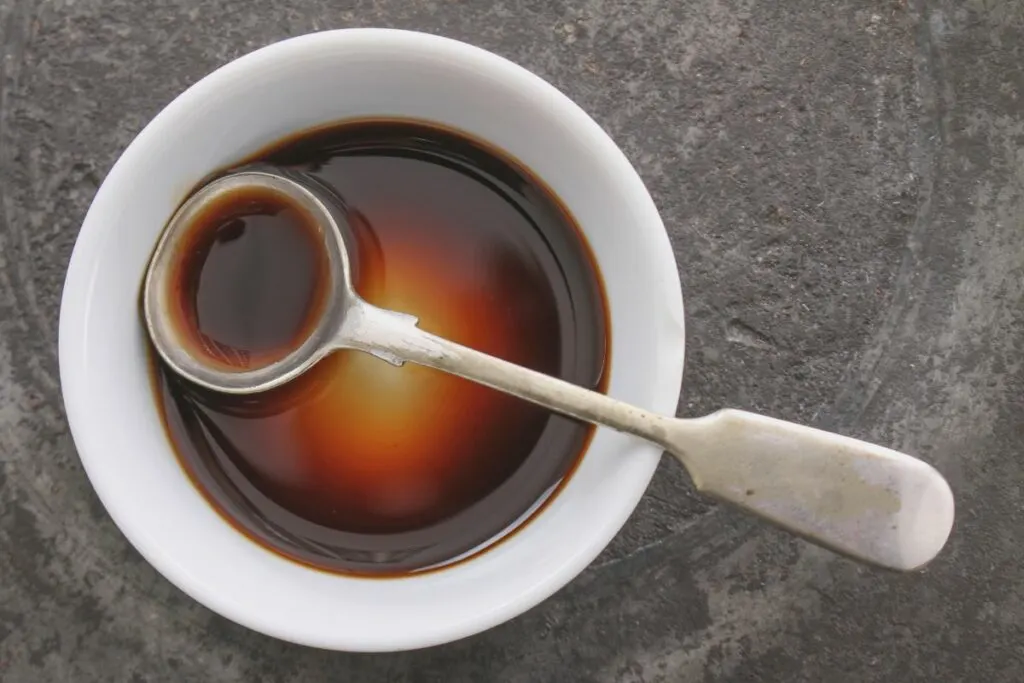
10. Hoisin Sauce
Hoisin sauce, a classic in Chinese cuisine, is a thick, dark sauce known for its sweet and savory flavor. It contains ingredients like soybeans, garlic, and five-spice powder. Powered with its thick consistency, this sauce makes for a great addition to stir-fries, as a sauce for pork chops, and as a dipping sauce. Though it does share umami depth, it introduces a pronounced sweetness, but less if you compare hoisin to oyster sauce. But this can be ideal when desiring a sweet and savory profile without dark color.
11. Fish Sauce
Characterized by its pungent and savory profile, this fishy little sauce is a part of Southeast Asian sauces. It’s made through fish fermentation. Its amber-to-dark brown hue and thin consistency belie its complex umami depth, offering salty, briny, and subtly sweet notes.
🧐 FAQs
Light soy sauce, with its amber hue, is saltier and milder, serving as a versatile enhancer in various dishes. In contrast, dark soy sauce, characterized by its deep brown to-black color, offers a richer, less salty taste with a hint of sweetness, and its thicker consistency provides a glossy finish.
To make a small batch of homemade dark soy sauce, mix a cup of light soy sauce with about 2 tablespoons of molasses or dark brown sugar in a clean container. Add a mixture of cornstarch and water for thickening. Cover the container loosely and place it in a dark, warm space for a fermentation period of at least 3-4 weeks before using.
